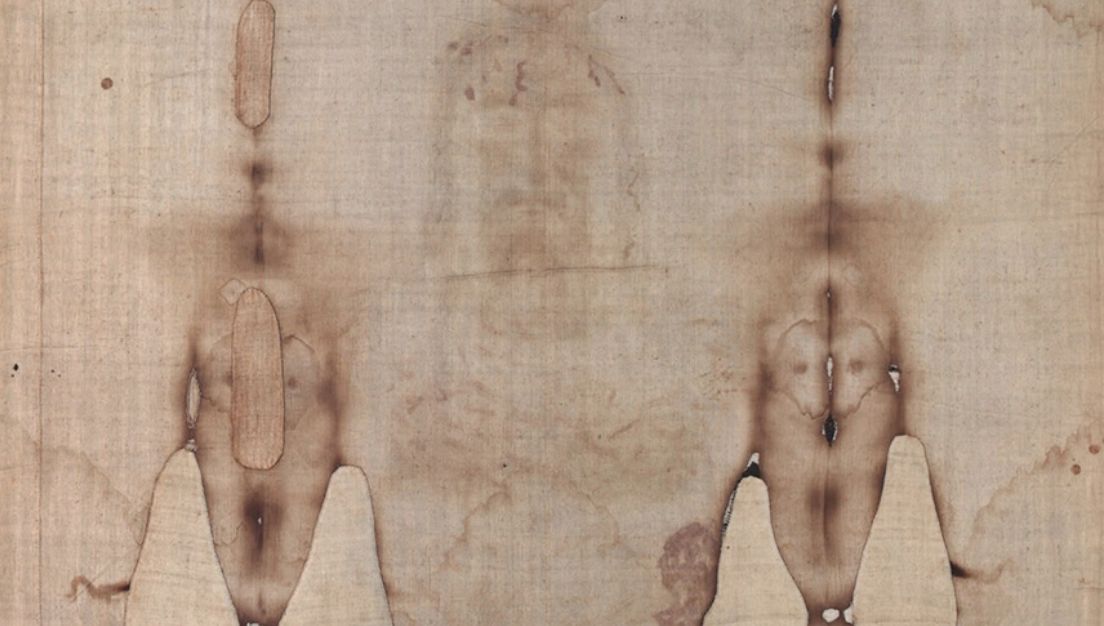The First Recorded Owner of the Shroud
Geoffroy I de Charny (c. 1300–1356), also known as Geoffroi de Charny or Geoffroy de Charney, was a French knight famous for his chivalry, military service, and connection to the Shroud of Turin.
He wrote a treatise on knightly conduct and the ideals of chivalry in The Book of Chivalry published in the 14th century. This work provides insight into the expectations and values of medieval knights, emphasizing honor and loyalty.
Geoffroy was a respected figure in medieval France, serving as a bearer of the Oriflamme (the royal battle standard) and fighting in the Hundred Years’ War before dying heroically at the Battle of Poitiers in 1356.
Geoffroy I de Charny and the Shroud of Turin
Geoffroy I de Charny and his descendents never said how they came to possess the Shroud and thehe travels of the Shroud before it came to the de Charny family are debated.
Some theories suggest the Shroud was in Constantinople before the Fourth Crusade (1204), possibly as the Mandylion or the Image of Edessa, and later taken to France.
Pope Innocent III condemned the looting of Constantinople, the desecration of Christian sites, and the stealing of relics. Many stolen relics were transported to Venice and France. This deepened the divide between the Eastern Orthodox Church and the Roman Catholic Church, making reconciliation almost impossible.
Around 1353, Geoffroy I and his wife, Jeanne de Vergy, displayed a cloth bearing the image of a man who had suffered crucifixion wounds. This cloth was exhibited at a church in Lirey, a small town in northeastern France. Jeanne is believed to have been a descendant of Othon de la Roche, the French knight who became Lord of Athens after the sack of Constantinople during the 4th Crusade.
The Pope Gets Involved
The Shroud’s exhibition in Lirey drew attention, and some Church authorities questioned its authenticity. Pope Clement VII (an Avignon pope) did not denounce it outright, but permitted its display as a devotional object, provided it was not claimed to be the actual burial cloth of Jesus.
Legacy
After Geoffroy I’s death, the Shroud remained with his family for some time. Eventually, it was transferred to the House of Savoy, leading to its eventual relocation to Turin, where it resides today.
Geoffroy Ide Charny’s involvement with the Shroud remains a crucial piece of its history, marking the beginning of its well-documented journey through Europe. His family’s possession of the cloth has fueled centuries of discussion about the Shroud’s authenticity and origins.
Take-Away
Neither Geoffroy I de Charny nor his descendants ever explained how their family came to own the Shroud of Turin. Why do you think they might have wanted to keep this a secret?



